James Cameron has been making waves because of his claims (most recently in an interview with The Hollywood Reporter) that Gal Gadot was a poor choice to play Wonder Woman. He stated that she can’t be considered a feminist icon because of the way she was physically portrayed as “an objectified icon, and it’s just male Hollywood doing the same old thing…I’m not saying I didn’t like the movie but, to me, it’s a step backwards.” From there, Cameron further shoved his foot into his mouth; “She was Miss Israel, and she was wearing a kind of bustier costume that was very form-fitting. She’s absolutely drop-dead gorgeous. To me, that’s not breaking ground,” Cameron said. “They had Raquel Welch doing stuff like that in the ’60s.”
Really? By putting Gal Gadot in the outfit she is famous for we haven’t advanced in our portrayal of Wonder Woman? Hmmm…I beg to differ:
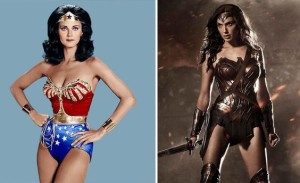
Cameron then put his other foot into said mouth by offering Linda Hamilton’s portrayal of Terminator hero Sarah Connor as an example of a real feminist hero. Cameron singled out Hamilton because she “was not a beauty icon” and the character Sarah Connor as being “strong, she was troubled, she was a terrible mother, and she earned the respect of the audience through pure grit.”
Both the director of Wonder Woman, Patty Jenkins, and Lynda Carter (who previously played Wonder Woman in the 1975-1979 TV series) hit back. Jenkins stated Cameron’s “inability to understand what Wonder Woman is, or stands for, to woman all over the world is unsurprising as, though he is a great filmmaker, he is not a woman.” Carter piled on, “To James Cameron -STOP dissing WW: You poor soul,” Carter wrote. “Perhaps you do not understand the character. I most certainly do. Like all women–we are more than the sum of our parts.”
Now, my readers know that the co-protagonist of my werewolf book “Apex Predator” is, and I quote myself here, “an irredeemably wicked hot woman by the name of Tanya”. However, they also know that in spite of Tanya’s beauty the influences that went into creating her as a character include Linda Hamilton as Sarah Connor, Elisabeth Brooks portrayal of Marsha Quist/Marcia Lura from “The Howling”, Sigourney Weaver’s Ellen Ripley in four “Alien” movies to date, Jennette Goldstein (who played Vasquez in “Aliens”), and other equally strong but attractive women. The example of my Tanya is one reason, among many, why I believe Cameron should probably shut up. But, it’s not the only reason. Let’s take another look at Linda Hamilton’s Sarah Connor. Not only is she hot:
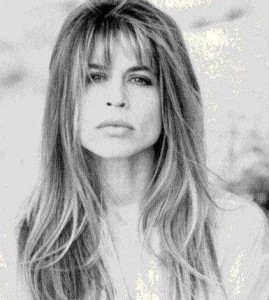
But, unlike Gal Gadot in Wonder Woman, Hamilton shed her clothes for a fairly steamy sex scene (in the original Terminator film). Moreover, and unlike Linda Hamilton, Gal Gadot served two years in the military (the IDF), and as a combat trainer! None of which is to imply that Gal Gadot is somehow superior to Linda Hamilton. The point being that Gal Gadot is anything but a poorly considered choice to portray Wonder Woman.
For that matter, take a look at the male superheroes – like Superman. I mean the guy’s a stud. Furthermore, he has long since been portrayed as a sex symbol. Take a look at the picture here of the iconic Christopher Reeve version. Please note the skintight clothes showcasing the “super package”:
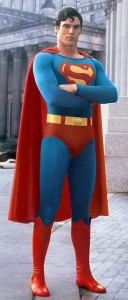
I’ll leave this with Jenkins, who perhaps best stated in response to Cameron that: “There is no right and wrong kind of powerful woman.”
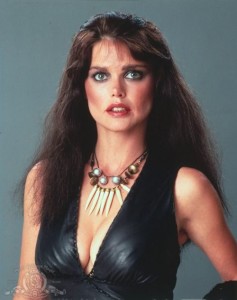
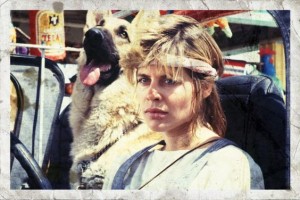
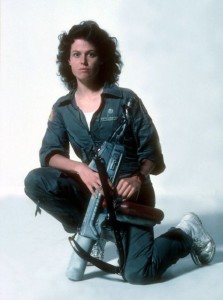
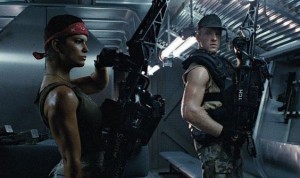
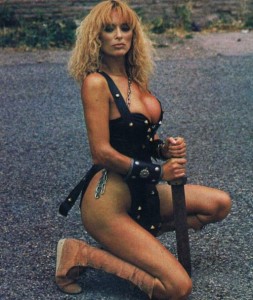

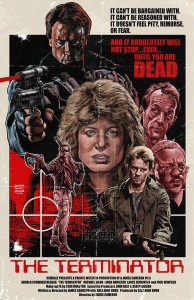
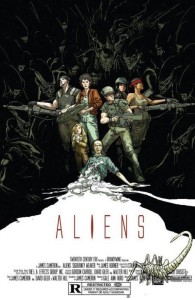
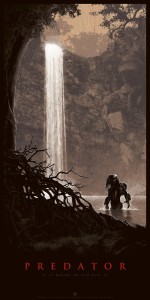
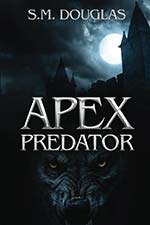
Recent Comments